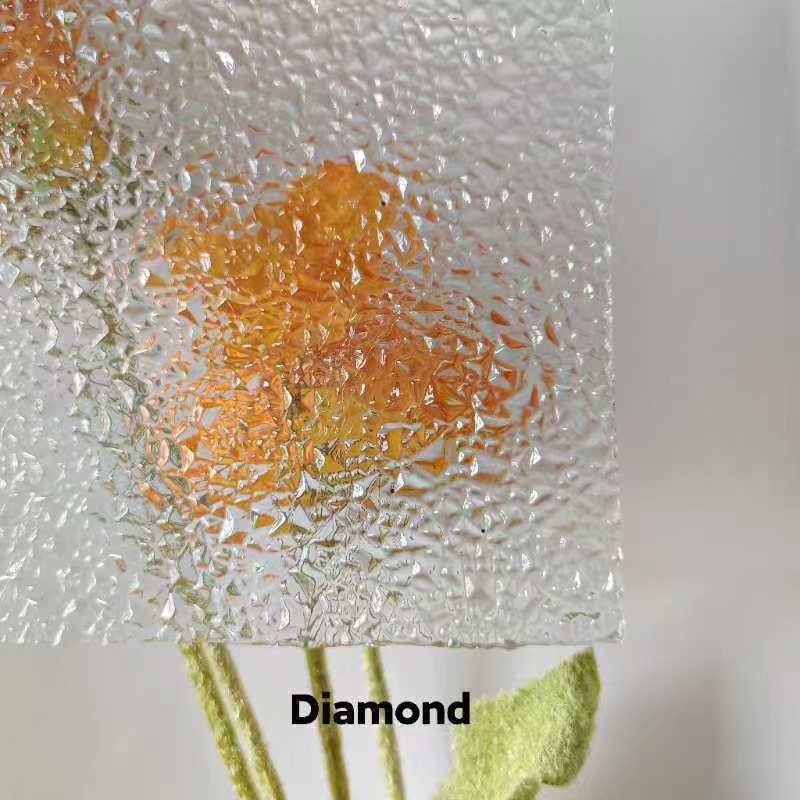

Curved Insulated Glass Units A Blend of Aesthetics and Functionality
In today's architectural landscape, the demand for innovative and aesthetically pleasing building materials is ever-growing. Among these materials, curved insulated glass units (CIGUs) have emerged as a popular choice for designers and architects seeking to create unique structures without compromising on energy efficiency. These glass units not only enhance the visual appeal of buildings but also improve thermal performance, making them a practical option for modern construction.
One of the most significant advantages of curved insulated glass units is their ability to integrate seamlessly into a variety of architectural designs. Whether used in commercial properties, residential homes, or public spaces, the versatility of curved glass allows architects to push the boundaries of traditional design. The gentle curvature can soften the overall appearance of a building, providing a modern and fluid aesthetic that straight-edged structures often lack. From sweeping facades to elegantly arched windows, CIGUs can elevate a building's design and create striking visual impact.
Functionally, insulated glass units provide improved thermal insulation compared to standard single-pane windows. CIGUs consist of two or more panes of glass separated by a spacer filled with inert gas, which significantly reduces heat transfer. This insulation is crucial for maintaining comfortable indoor temperatures and reducing energy consumption. As energy efficiency becomes a critical concern in architectural design, particularly in regions with extreme climates, the use of CIGUs can help meet increasingly stringent energy codes and standards.

Moreover, the insulation properties of curved glass units contribute to sound attenuation. In urban environments, where noise pollution can be a significant issue, the added layers of glass serve to minimize external sound intrusion, creating a quieter and more pleasant indoor atmosphere. This feature is particularly appealing for residential buildings located near busy streets or commercial areas.
Another notable benefit of CIGUs is their environmental impact. By improving thermal efficiency, these glass units can contribute to lower greenhouse gas emissions associated with heating and cooling. The use of high-performance glazing is an essential component in constructing sustainable buildings that strive for LEED certification or other green building standards. Additionally, advancements in glass manufacturing technologies have led to the development of low-emissivity (Low-E) coatings, which further enhance energy performance by reflecting heat back into the building during winter and keeping interiors cool in the summer.
The installation of curved insulated glass units does, however, come with its own set of challenges. The manufacturing process of curved glass is more complex than that of flat glass, requiring specialized equipment and skilled labor. Precise measurements are crucial to ensure a perfect fit, and any errors can result in increased costs and delays. Nonetheless, the aesthetic and functional benefits often outweigh these challenges, leading many architects and builders to embrace this innovative material.
In conclusion, curved insulated glass units represent a remarkable fusion of design and utility in contemporary architecture. They offer architects the creative freedom to craft stunning structures while simultaneously addressing energy efficiency and sustainability concerns. As the industry continues to evolve, it is likely that CIGUs will play an even more significant role in shaping the future of architectural design, making buildings more beautiful and environmentally friendly. With their unique blend of form and function, curved insulated glass units are undoubtedly a choice that enhances both the aesthetic and practical aspects of modern architecture.